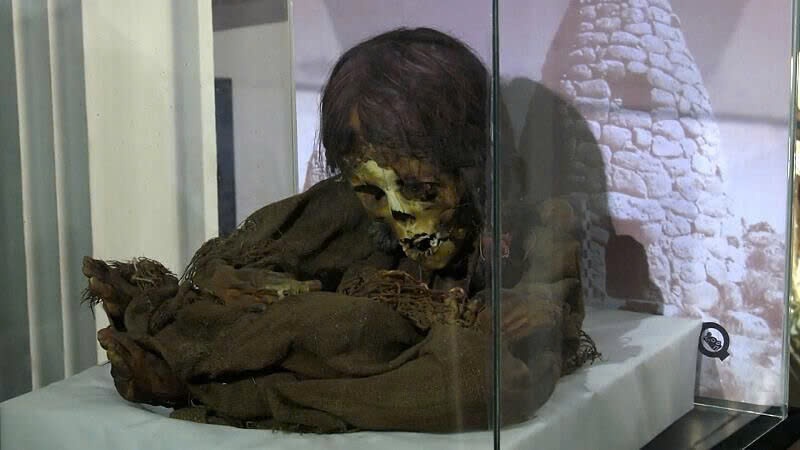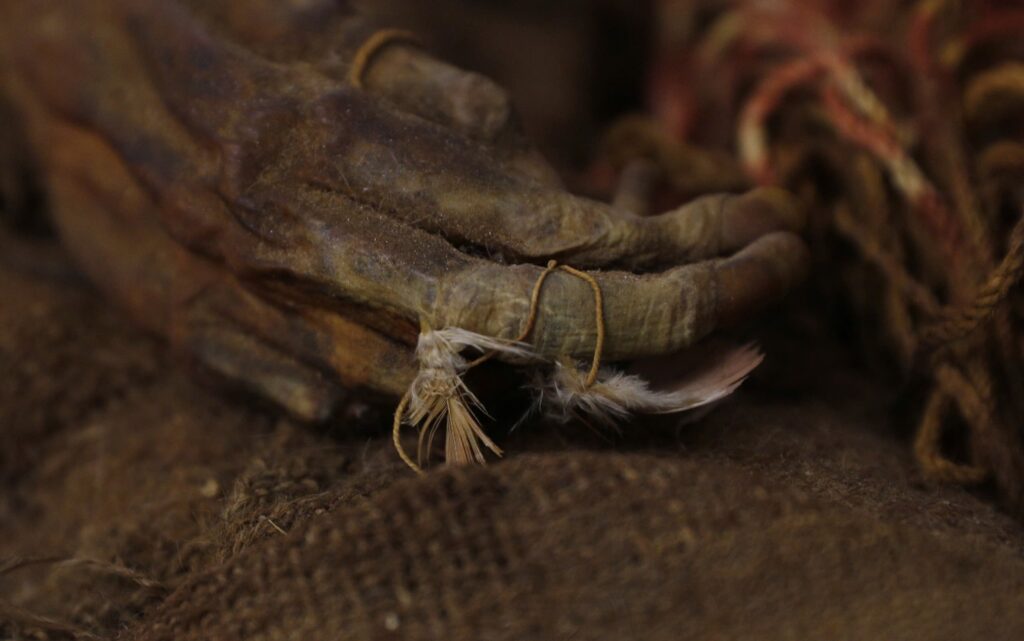A Historic Repatriation

In a landmark event for cultural heritage preservation, a 500-year-old mummy of an Incan girl has finally returned to Bolivia after 129 years in the Michigan State University Museum. This marks the first repatriation of human remains of archaeological significance to the Andean nation, symbolizing a momentous achievement in international cooperation and cultural respect.
The Enigmatic Ñusta
A Glimpse into Incan History

Known as Ñusta, meaning “Princess” in Quechua, the mummy has amazed experts with its exceptional preservation. With seemingly freshly combed black braids and small feathers still clutched in her hands, Ñusta offers a vivid window into Incan burial practices. Originating from the Andean highlands near La Paz, she lived during the twilight years of the Inca civilization, predating the arrival of Columbus and the Spanish conquest.
A Royal Mystery

While dubbed a princess, Ñusta’s true royal status remains unconfirmed, awaiting future DNA analysis. Radiocarbon dating places her in the latter half of the 15th century, adding to the intrigue surrounding her identity and life.
The Journey Home and Future Plans

With assistance from the U.S. Embassy in La Paz, Ñusta has returned to her homeland. Bolivian and international experts plan to conduct new studies by November, while her funerary objects will be publicly displayed during the Day of the Dead celebrations on November 2nd.
Cultural Significance and Preservation
A First for Bolivia

Culture Minister Wilma Alanoca emphasized the unprecedented nature of this repatriation, noting it as Bolivia’s first recovery of human remains. This event not only holds immense cultural value but also opens new avenues for understanding Incan civilization.
Insights into Andean Beliefs
Believed to be from the Aymara Pacajes ethnic group, Ñusta was buried with an array of items including sandals, a clay jar, pouches, feathers, and plants like maize and coca. These offerings provide valuable insights into Andean beliefs about the afterlife.
Ongoing Research and Preservation

Currently housed in a refrigerated chamber at the National Archaeology Museum in La Paz, Ñusta continues to be a subject of study and preservation. Her burial dress, made from llama or alpaca fibers, along with other well-preserved artifacts, offers researchers a rare opportunity to delve deeper into the lesser-known aspects of Incan and Aymara cultures.
A New Chapter in Cultural Heritage

The return of Ñusta to Bolivia represents more than just the repatriation of an artifact. It symbolizes a growing global commitment to respecting and preserving cultural heritage. As studies continue and new information emerges, Ñusta’s story will undoubtedly enrich our understanding of the Incan civilization and its enduring legacy, while fostering stronger international collaborations in the field of cultural preservation.

